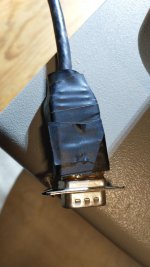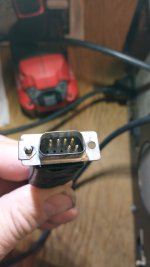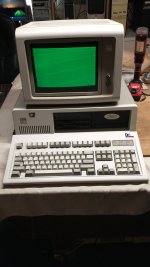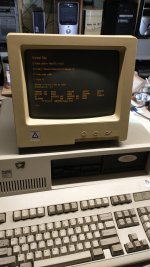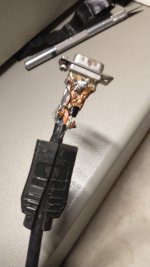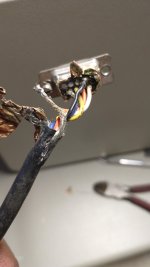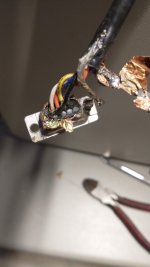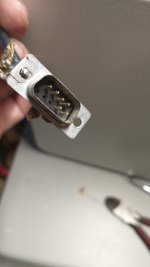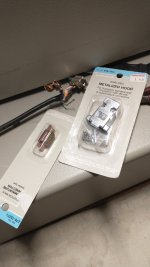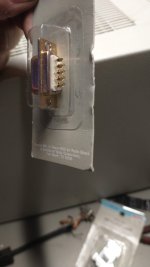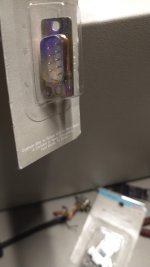seaken
Veteran Member
I have had this IBM Model 5151 monitor for several years. I don't think I got it with an IBM system, it was on it's own.
It seems to be partially working, in that I get some green display when I turn the brightness knob up. But when I boot the PC it does not display any characters. The end of the signal cable has been manually doctored by someone before I got it. Maybe it is disconnected inside the 9-pin connector?
I double-checked that the Mono Display Adapter is working by hooking up another mono monitor. It works. So the problem is definitely with the 5151.
How do I go about troubleshooting this monitor. What is needed to display text on the display. Is it just a single line in the cable? Or is it likely to be something inside the monitor that needs attention?
As you can tell, I have very little knowledge about what makes these things work, in spite of watching lots of video of others troubleshooting CRT monitors. I wish I could find a video that shows how to troubleshoot a Model 5151. But the one that I found did not need any repair to the monitor, it just needed to be cleaned and it worked. I would love to get this monitor to work so I could put it on display with my 5162 to get a very traditional PC look.
Here's some photos showing the end of the cable and the green light on the screen at boot, and compared to a working monitor at boot.
Any ideas?
Seaken
It seems to be partially working, in that I get some green display when I turn the brightness knob up. But when I boot the PC it does not display any characters. The end of the signal cable has been manually doctored by someone before I got it. Maybe it is disconnected inside the 9-pin connector?
I double-checked that the Mono Display Adapter is working by hooking up another mono monitor. It works. So the problem is definitely with the 5151.
How do I go about troubleshooting this monitor. What is needed to display text on the display. Is it just a single line in the cable? Or is it likely to be something inside the monitor that needs attention?
As you can tell, I have very little knowledge about what makes these things work, in spite of watching lots of video of others troubleshooting CRT monitors. I wish I could find a video that shows how to troubleshoot a Model 5151. But the one that I found did not need any repair to the monitor, it just needed to be cleaned and it worked. I would love to get this monitor to work so I could put it on display with my 5162 to get a very traditional PC look.
Here's some photos showing the end of the cable and the green light on the screen at boot, and compared to a working monitor at boot.
Any ideas?
Seaken

